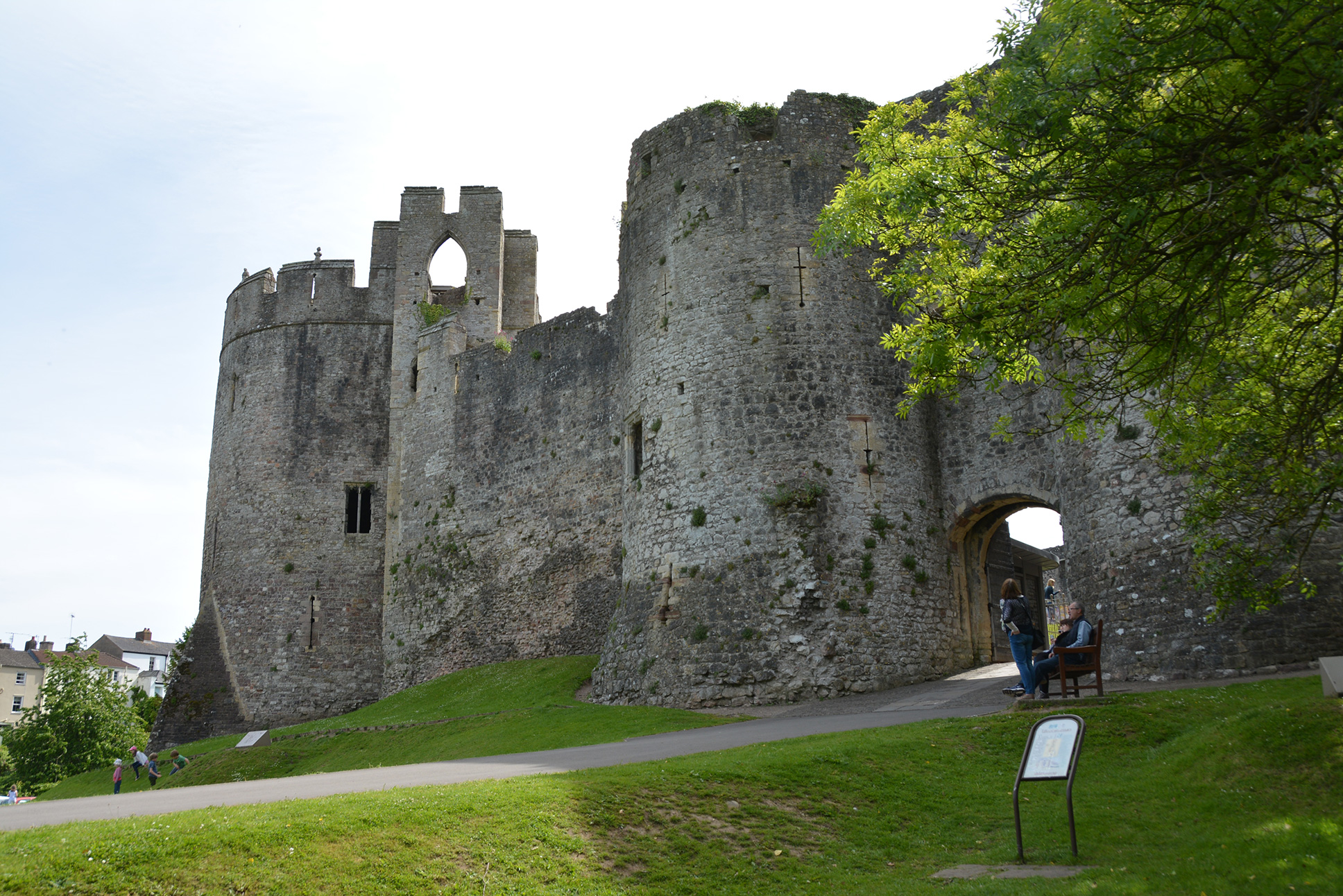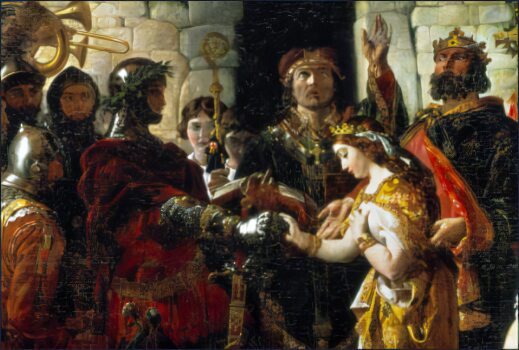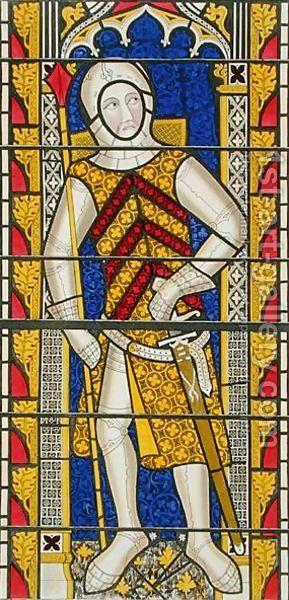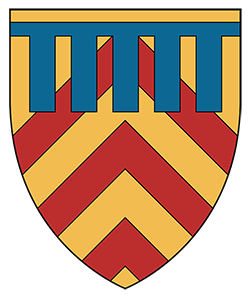Richard de Clare - 2nd Earl of Pembroke
Strongbow
Richard de Clare was an Anglo-Norman Nobleman who gained distinction for leading the Anglo-Norman invasion of Ireland. He was the son of Gilbert de Clare, 1st Earl of Pembroke and Isabel de Beaumont, daughter of Robert de Beaumont, 1st Earl of Leicester. Richard was known by the nickname "Strongbow," like his father. Both Richard and Gilbert held the lordship of Netherwent (Gwent), and men from Gwent were known for skill and use of a long and strong bow, but the nickname may be attributed to "Richard, known as Stranghose," being rendered as Strongbow.

He was born Richard FitzGilbert de Clare around 1130 and succeeded his father upon his father's death in 1148, but was not granted the title of earl by King Henry II because Richard sided against Henry's mother, Empress Matilda, during the Anarchy, so he called himself Lord of Striguil for his marcher Lordship at Striguil, where he had a castle, later called Chepstow Castle.
In 1167, when Dermot MacMorrough was deposed as King of Leinster, he asked Henry II to help regain his crown. Henry limited his help to permitting Dermot to recruit English mercenaries. Dermot came to an agreement with Richard de Clare that if Richard helped him retake his crown, he could have his eldest daughter, Aoife, in marriage, along with succession of the crown.

In August of 1170, Richard set sail from Milford Haven to Ireland despite a royal messenger arriving and forbidding him to go before he set off. After restoring the crown to Dermot, Richard was named Lord of Leinster. Richard married Aoife in August of 1171 in Reginald's Tower, Waterford, Ireland. Richard and Aoife had two children, Gilbert de Clare and Isabel de Clare.
Dermot MacMorrough died in May of 1771. His son Donal claimed the Kingdom of Leinster for himself. Richard claimed the Kingship in the right of his wife, Aoife. Donal would become King of Leinster.
Henry II offered to return Richard's lands in France, England, and Wales in exchange for the conquered lands in Ireland. Richard accepted and surrendered Dublin, Waterford, and other fortresses to Henry, keeping only Kildare for himself.

From 1172 onwards, Richard was styled Earl of Striguil, Chepstow, and Pembroke. In 1173, he was made Lord Warden of Ireland, along with Raymond le Gross.
In 1173, Richard de Clare helped Henry with the revolt in France and was rewarded with the repossession of Leinster. In 1174, Richard tried to advance into Munster but was repelled at the Battle of Thurles.
A building on the site of the present-day Royal Hospital in Kilmainham, Ireland, was founded by Richard as a preceptory for the Knights Templar.
On April 20th, 1176, Richard de Clare died of an infection to his leg or foot and was buried at Holy Trinity Cathedral in Dublin, Ireland, which he had helped rebuild. His son, Gilbert de Clare, 3rd Earl of Pembroke, succeeded Richard, but Gilbert died as a minor. The inheritance passed to Richard's daughter, Isabel, and the title was given to her husband, William Marshal, making him 1st Earl of Pembroke in the second creation of that title.
The popular English cider brand Strongbow is named after Richard de Clare.
